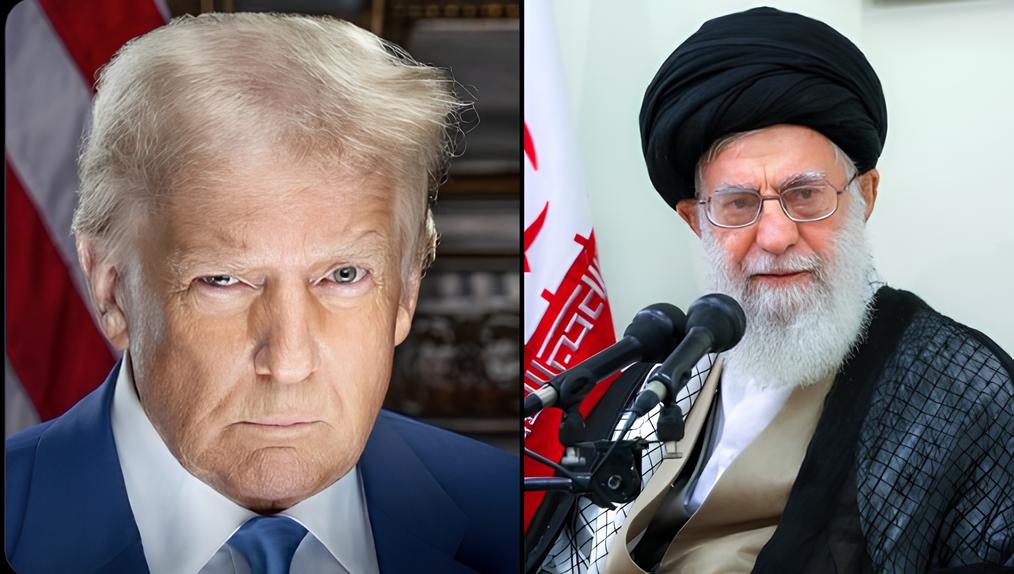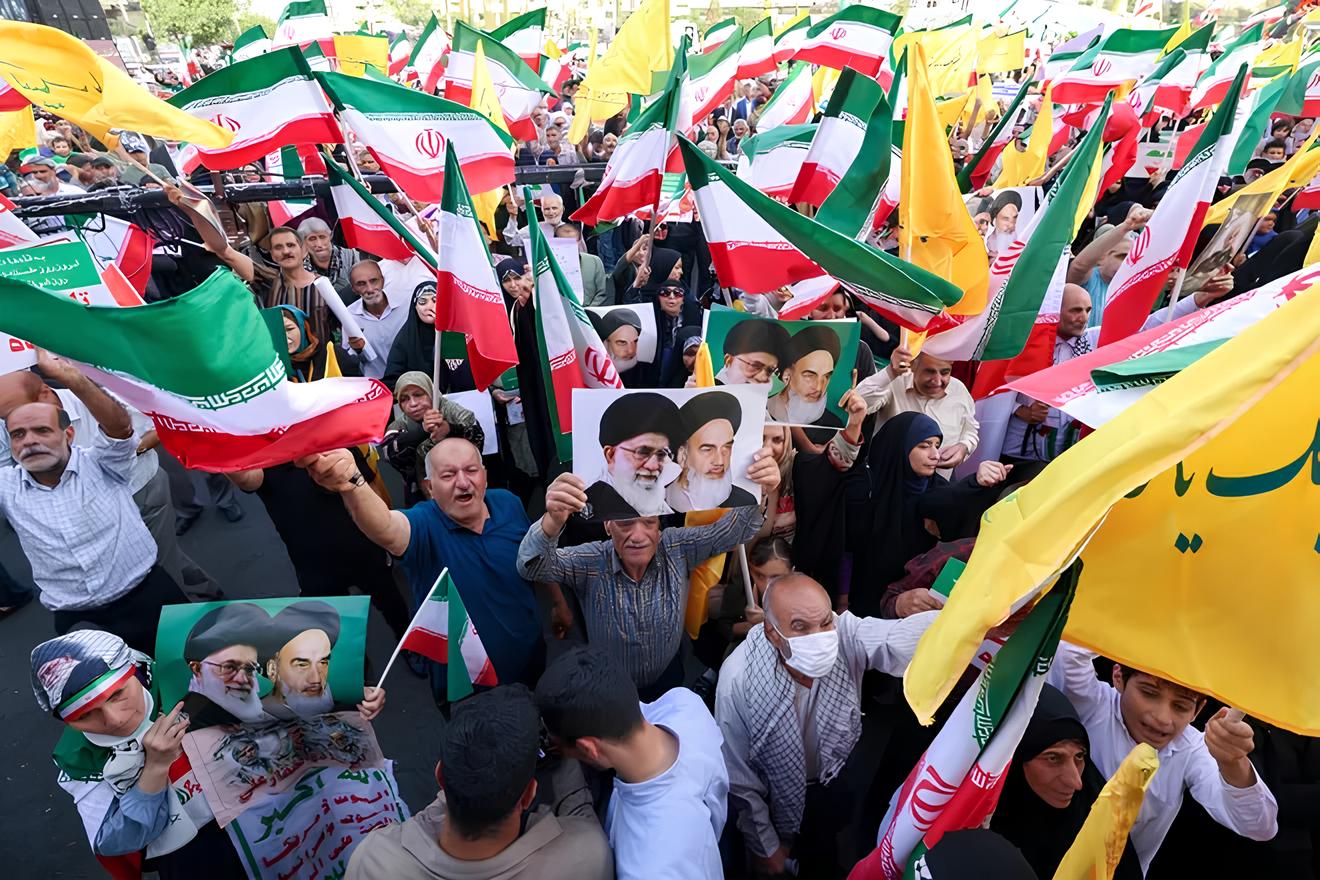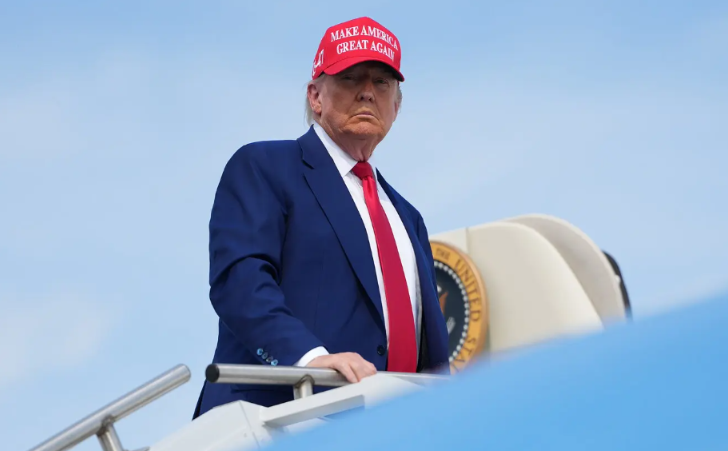President Donald Trump at the 2025 NATO summit in The Hague on June 25 reported back with what was as the first of a kind achievement out of the gate which saw member states agree to a large scale increase in defense spending and also put out word that the Israel-Iran conflict which has been fatal to many is over. These NATO changes along with the end to the Israel-Iran conflict are a game changer for European security structure and Middle Eastern peace which in turn will play a great role in world defense cooperation and regional peace initiatives.
NATO to Increase Defense Spending Greatly
Historic Commitment to 5% of GDP
NATO’s 30 member states put their support behind a resolution which is to see defense budgets raised to 5% of GDP by 2035 which also marks out as the most large scale financial commitment in the alliance’s 76 year history. That which Trump pushed for in terms of increased NATO defense spending is also over double the present 2% target which the great majority of members only recently met at all.
Allocation of Funds
In 2008 which is what this is referring to 3.5% went to core military capabilities which include weapons, troops, and equipment, and the other 1.5% was put toward defense related investments in areas like cyber security, critical infrastructure, and industrial capacity building. Also in that same year NATO Secretary General Mark Rutte brought up what he called “The Hague Defense Commitment” which he presented as a transformational element to our collective security.
Trump’s Role in the Agreement
Trump marked the achievement which saw over $1 trillion a year added to defense spending, what he called a very historic milestone which no one thought we would see play out. Also the president put the blame on himself for what had been for years of discussion which he in turn used as a platform to put pressure on allies which in turn saw several leaders confirm his role in these talks which had gone on for decades.
Trump Reports Israel-Iran Issue Solved at NATO Summit
Mediation and Ceasefire
During the course of the NATO meetings President Trump reported that the 12 day hostilaty between Israel and Iran which had come to an end as a result of his successful mediation which he reported at that time also. The Israel-Iran issue which came to a head with Trump’s proclamation had played out over a series of intense diplomatic sessions which saw in depth involvement of Qatari’s as go between’s and also very personal intervention by the President into the issues between Israeli Prime Minister Benjamin Netanyahu and Iranian officials which played a large role in the resolution also.

U.S. Strikes and Intelligence Reports
During the ceasefire in question large scale U.S. attacks took place on three Iranian nuclear sites—Fordow, Natanz, and Isfahan—which at the time we were told by Trump had in fact totally wiped out Iran’s nuclear capabilities. But what classified reports from the Defense Intelligence Agency reveal is that in reality the attacks only put back Iran’s nuclear program by a few months’ time which in no way did permanent damage to it thus causing an ongoing political firestorm.
THE CEASEFIRE HAS NOW BEEN PUT INTO PLAY. DO NOT CROSS THAT LINE!
The president got directly involved which was via very serious warnings to all sides, to the point of telling Israel out and out: “ISRAEL DO NOT CARRY OUT THOSE AIRSTRIKES. WHAT YOU ARE DOING IS PRODUCING A MAJOR VIOLATION”.
NATO’s Renewed Defense Pledge In The Face Of Trump Questions
Article 5 and U.S. Commitment
Despite gaining that which was asked of him, Trump’s comments on Article 5 of NATO’s mutual defense treaty brought up again the issue of American commitment to collective security with European allies. When put to the question of his honor in the mutual defense provision he replied with that it “depends on your definition” which he put out there that which alliance members consider as the foundation of the alliance.
Alliance Response
NATO leaders at the summit’s close put forth once again a “durable commitment” to Article 5 which asserts that “an attack against any member is an attack against them all”. Secretary General Rutte reported that which the U.S. is in it to win it despite some of Trump’s which were at best mixed in his public statements—also the President’s words put forward old European issues of the US’ through time variable support for the alliance.
Historical Context
The only time the mutual defense clause was used in NATO’s history was after the 9/11 attacks on the U.S. which in turn brought about the alliance’s role in Afghanistan. Also it is noted that European officials pointed out the irony in the fact that they are the very same countries which had their forces at the front of some of the most trying times of the conflicts’ which were at the same time fighting by side of the Americans.
Defense Spending Growth and Its Economic and Strategic Effects
Economic Impact and Implementation Challenges
The NATO defense increase in spending will see member countries put forth greater financial resources which at present time only Poland and the Baltic states are at or above the 5 percent target. Also most allies which include large European players like Germany, France and the UK will have to re structure their budget priorities by 2035 deadline.
Military Equipment and Capability Upgrades
The which see an increase in spending to what defense ministers agreed upon in June 2025 which includes a 20% total increase in military equipment requirements. Also of priority are air and missile defense systems, large scale ground forces, long range strike platforms and improved logistics infrastructure to counter Russian aggression and emerging threats.
National Responses and Controversies
Some countries are reporting issues with achievement of the set targets. Spain put forth that the 5% goal is a large ask and unnecessary which is why they negotiated out of it for a commitment of 2.1% of GDP. Prime Minister Pedro Sánchez presented that large scale changes would see in to reduced investment in education and digital development and also play a role in to inflation.
Trump put the boot in to Spain’s position, which he threatened with trade action and also that he would go at it alone in talks with Madrid to get them into line. The president said that which which Spain may have to “pay double” via trade actions which also showed his plan to tie defense pacts to economic relationships.
Regional Stability and Ceasefire Implementation
Middle East at a Crossroads
The Middle East is at a crossroads with the Israel-Iran conflict over declaration which marks a large shift in the issue; that said many questions still put into question the sustainability of the ceasefire. The agreement in question does not include any additional terms related to Iran’s nuclear program or economic sanctions, it is purely focused on the end of military hostilities.
U.S. Mediation and Fragility of the Ceasefire
Trump achieved a successful mediation which was a result of military and diplomatic actions. After the US attacks on Iranian nuclear sites his admin used the display of military power to push both sides to the negotiation table. Also at play was Special Envoy Steve Witkoff who had key interactions with Iranian Foreign Minister Abbas Araghchi, we saw the US put out that they wanted peace but also that they were a force to be reckoned with.
The ceasefire proved to be fragile within hours of its announcement with both sides slow to accept the agreement and reports of violations which broke the truce coming out very quickly. Upon the report of US President Trump’s direct appeal to Israel the Israeli office reported that they held back from further strikes which indicated the president’s personal intervention which was the determining factor in the truce’s preservation.
Some reference here
Global Security Architecture Transformation
Shifts in Strategic Focus
The results of the NATO summit are a reflection of large scale transformations in global security which see the U.S. shift its strategic focus to issues in the Indo-Pacific while at the same time preserving its European commitments. Also we see that defense spending is increasing to go along with this transition which in turn is to enable European allies to take on greater role in regional security.
The present time which sees these events at the same moment as the conflicts in Ukraine and tensions with China puts forth the idea that our security issues are very much linked. NATO’s increased spending promises to reinforce deterrence against Russian action which in turn allows the U.S. to put forward on other strategic issues.
Toward a More Balanced NATO
Finnish President Alexander Stubb put forth that we are seeing the birth of a new NATO which in turn means a more balanced NATO—that we will see increase in spend which brings alliance capabilities up to what they were at the height of the Cold War. Also this change is a response to the fact that post Cold War security environment has greatly transformed which in turn requires us to put forth constant investment in defense.
Trump’s Diplomatic Legacy and Future Implications
President Trump’s in the same time successful at getting what the U.S. wants from NATO in terms of defense spending and at the same time at the peace table in the Middle East—which is what we see of his style of applying military options at the same time as diplomacy. The president’s success in those two areas in particular gives him a lot of political fuel as he pushes forward with his foreign policy.
The NATO shift in defense spending which Trump pushed for in the Israel-Iran conflict brought about precedents for what we may see in future international negotiations—it is shown how American influence coupled with display of military force can bring about quick policy changes. But the sustainability of these agreements will rest on consistent allied support and regional stability.
In the coming years the 2029 review of NATO’s spending progress will put forth a very important assessment which also coincides with the next U.S. presidential term. This timing puts defense issues in the political forefront and puts them up for reevaluation according to which security threats we are seeing play out and how the alliance is changing.
Read More Political News HERE




